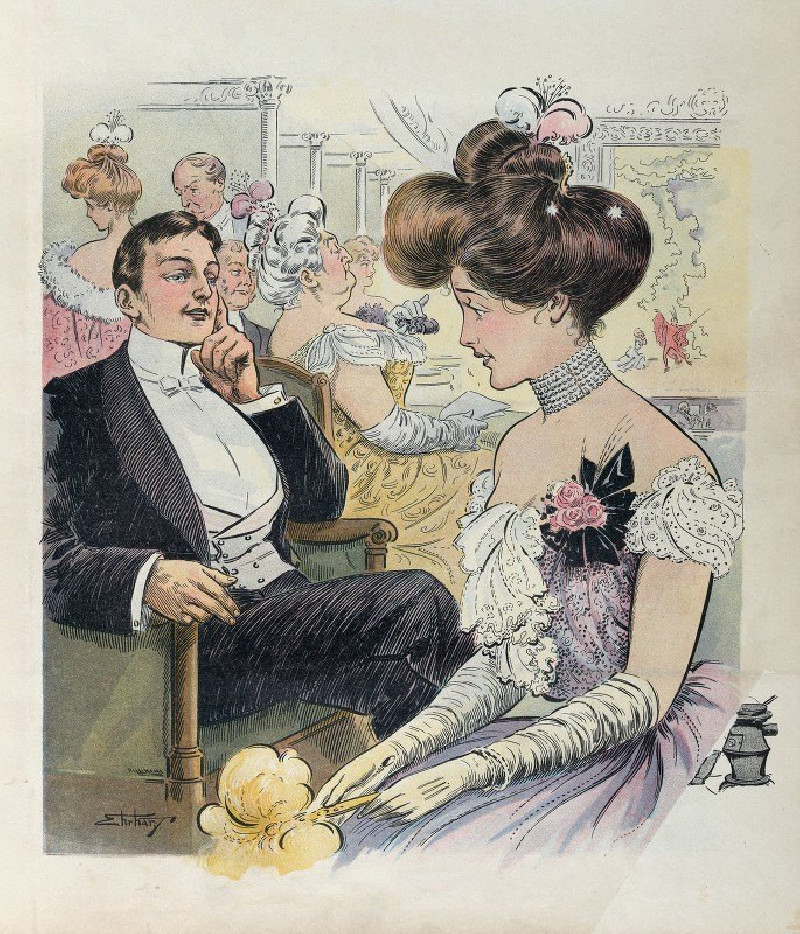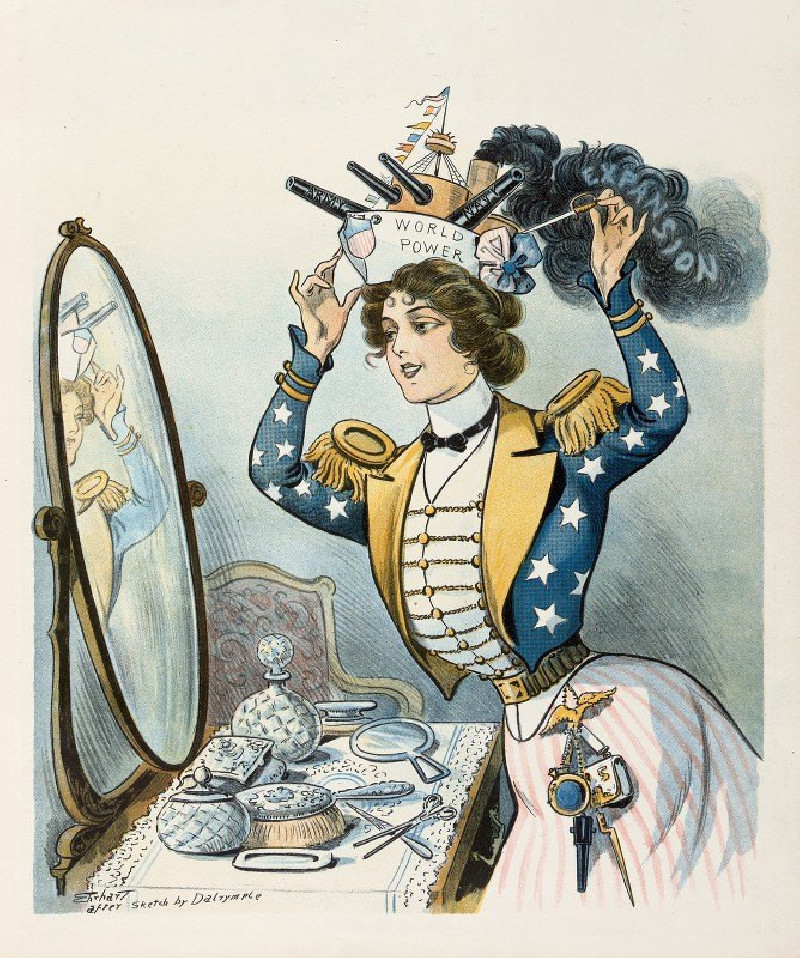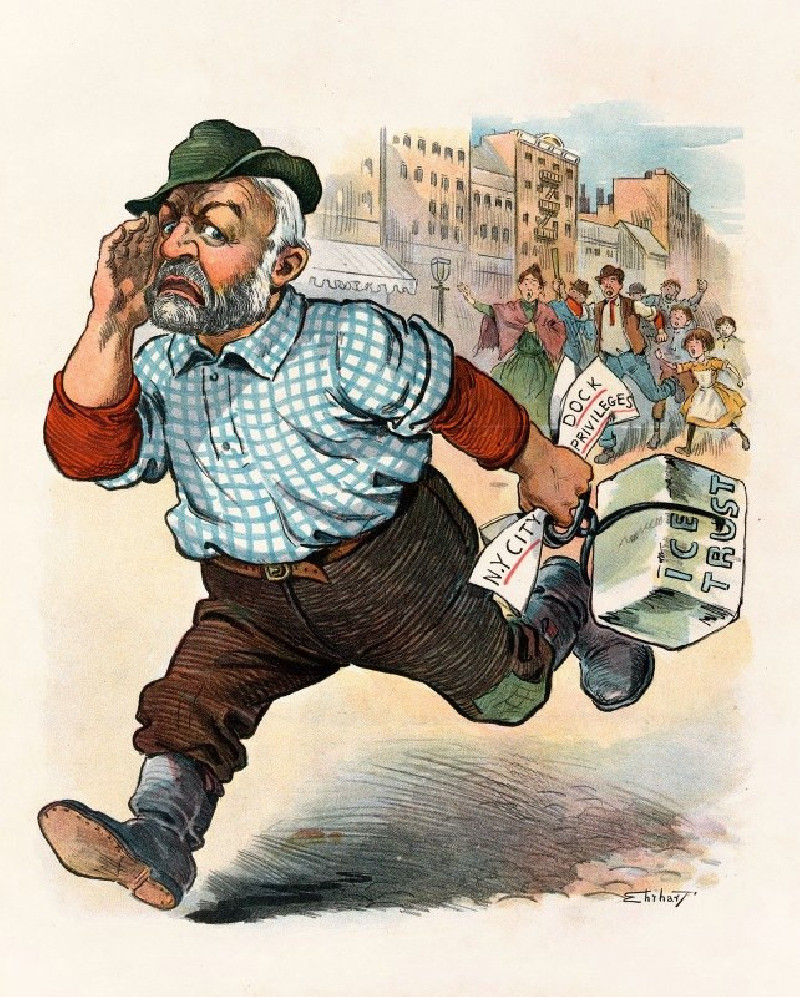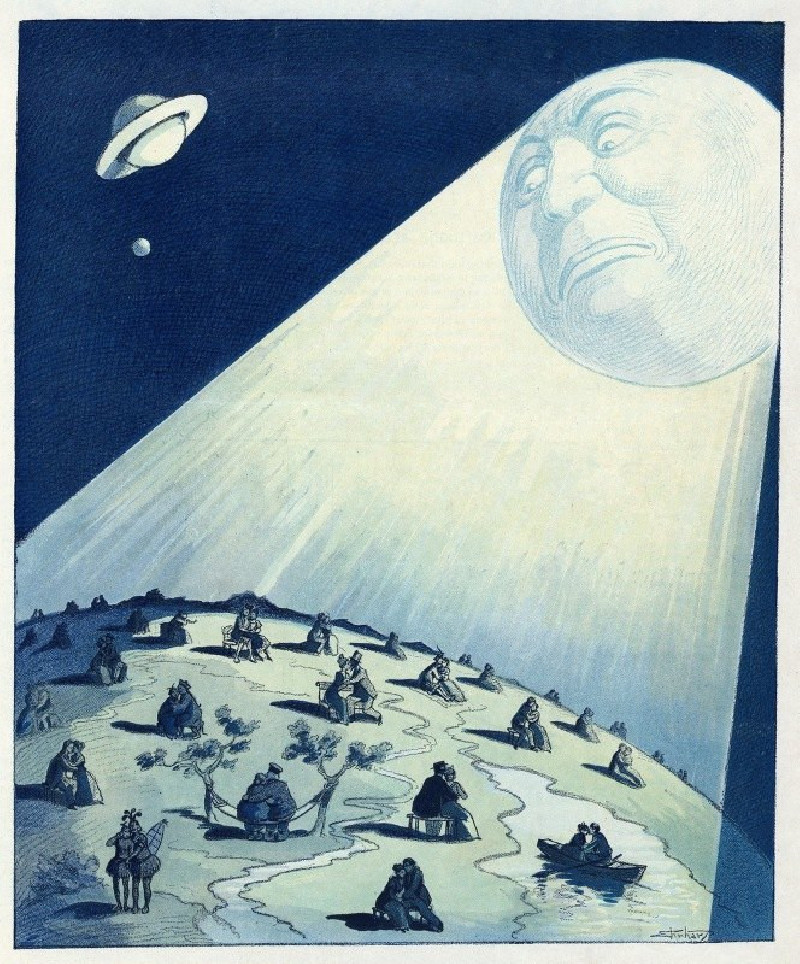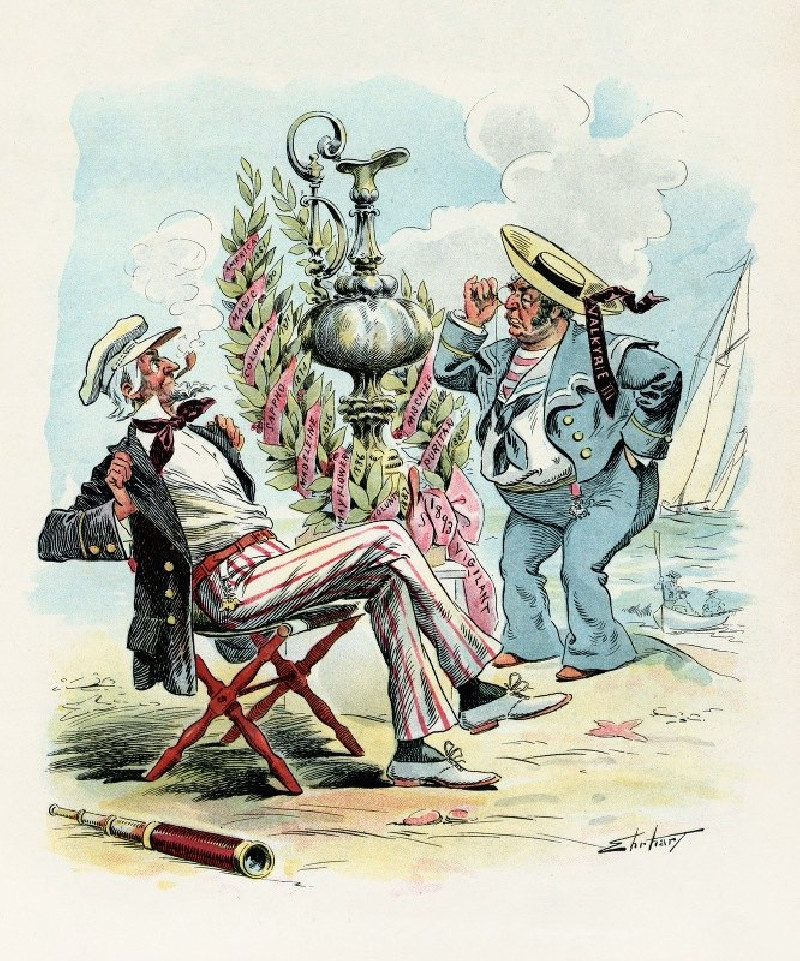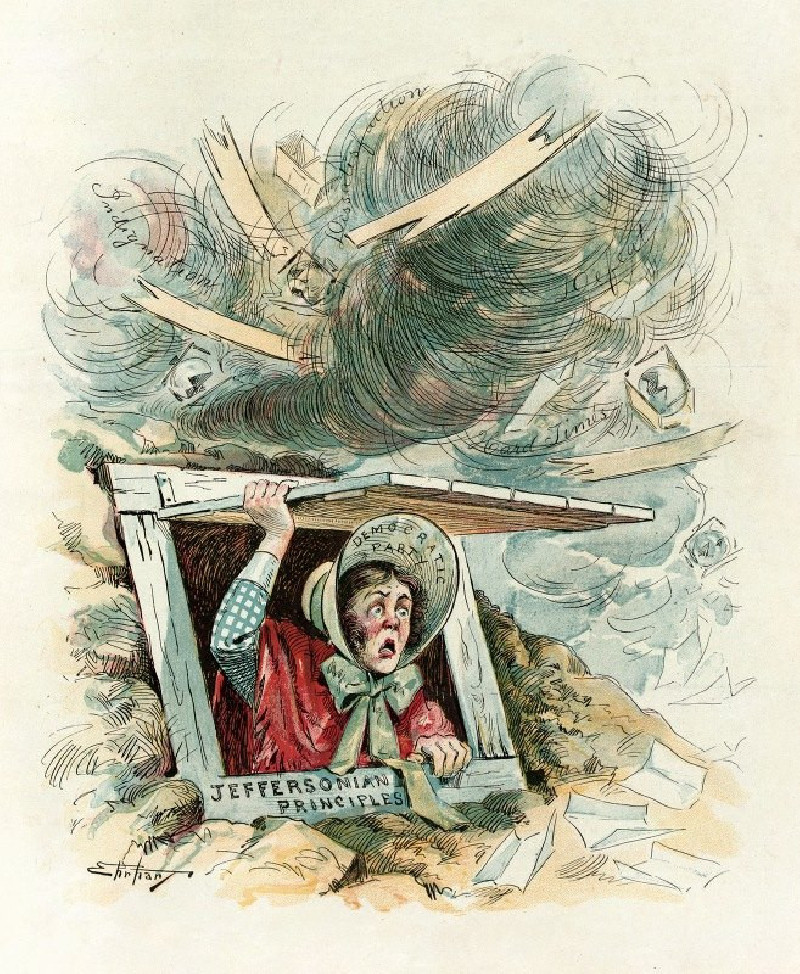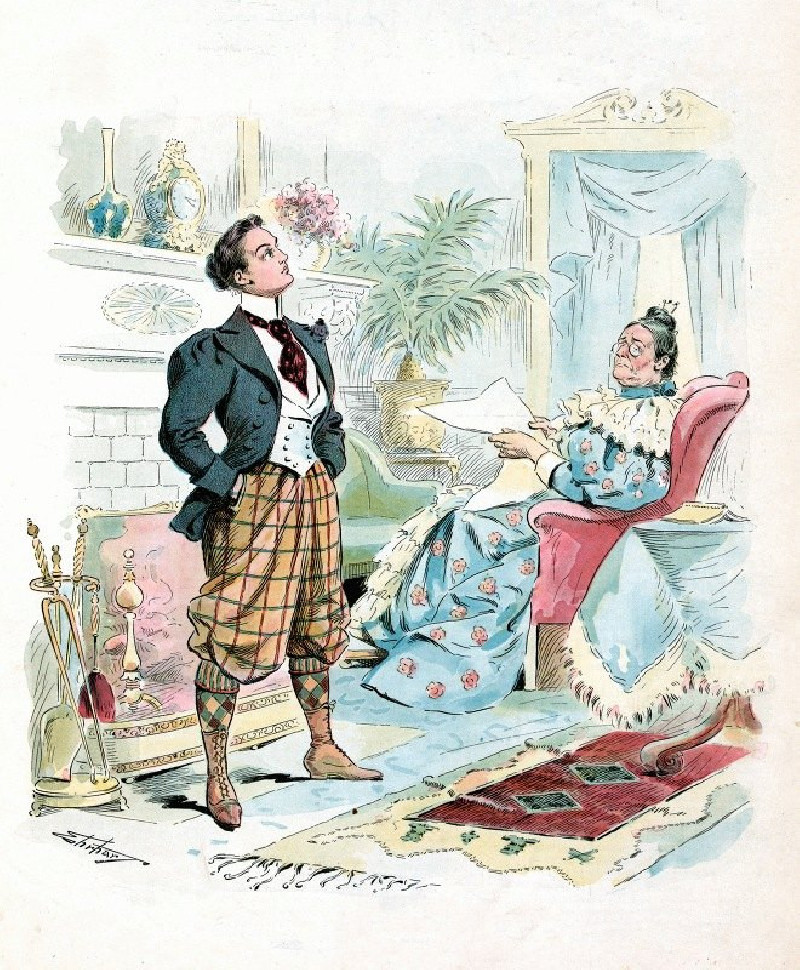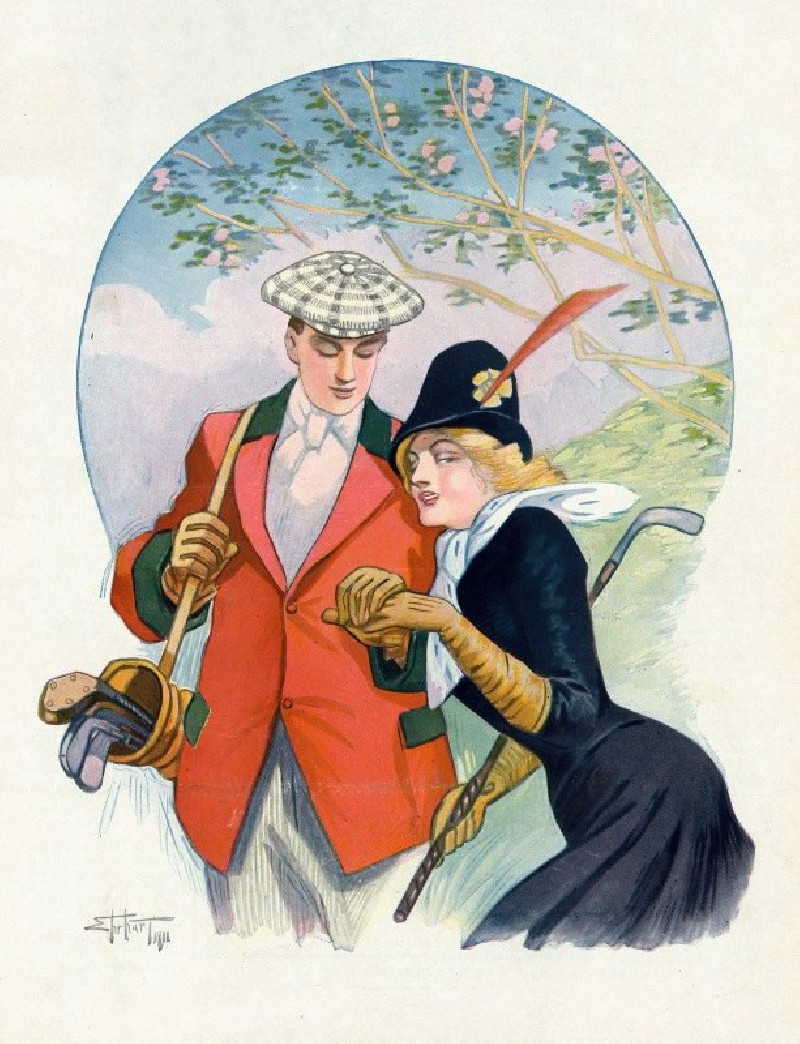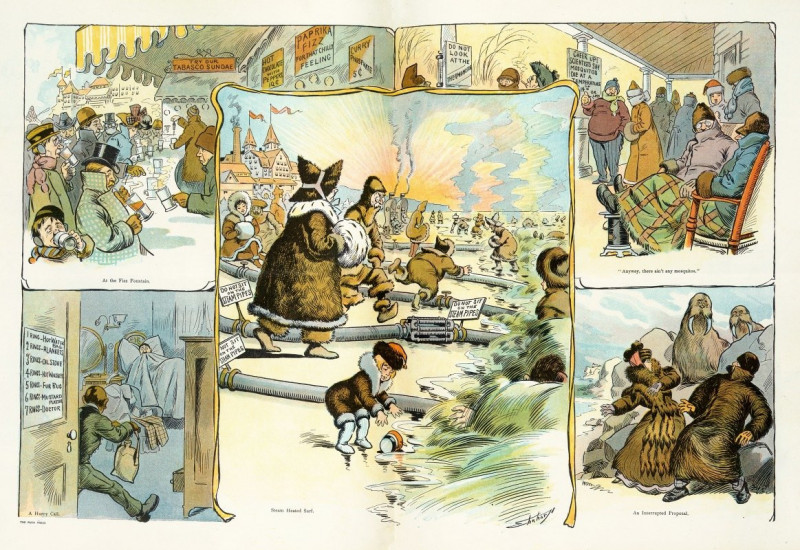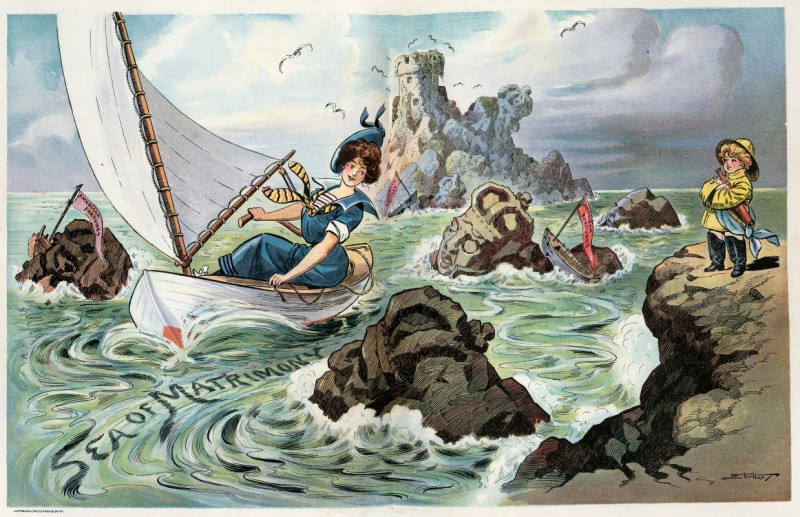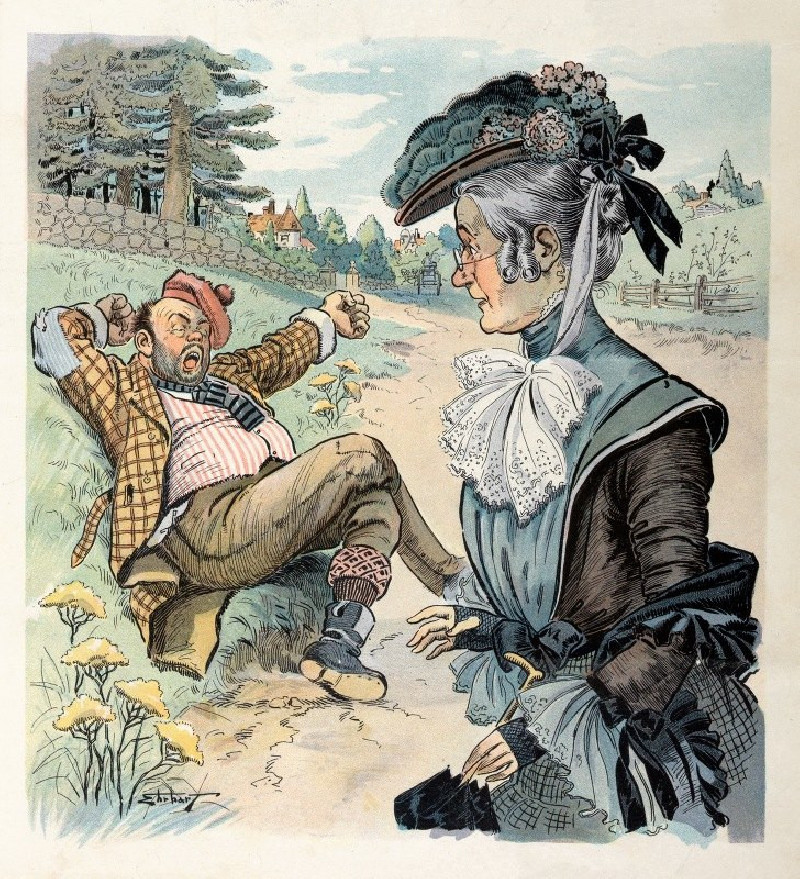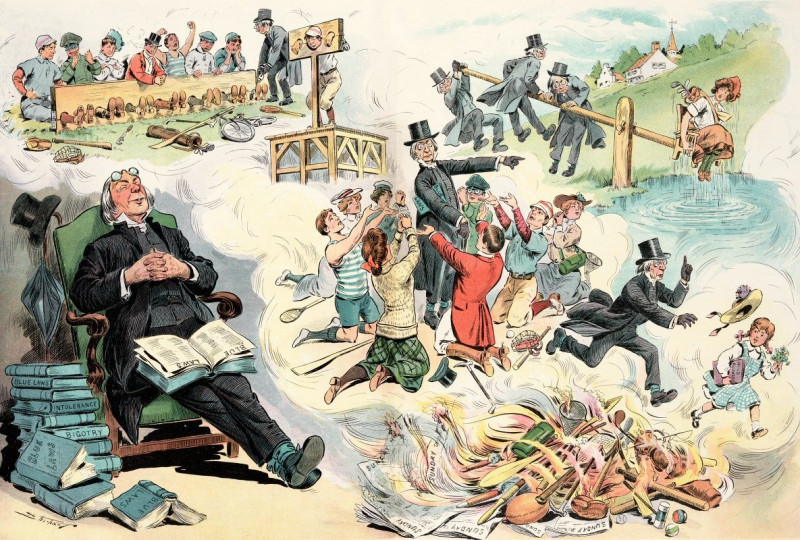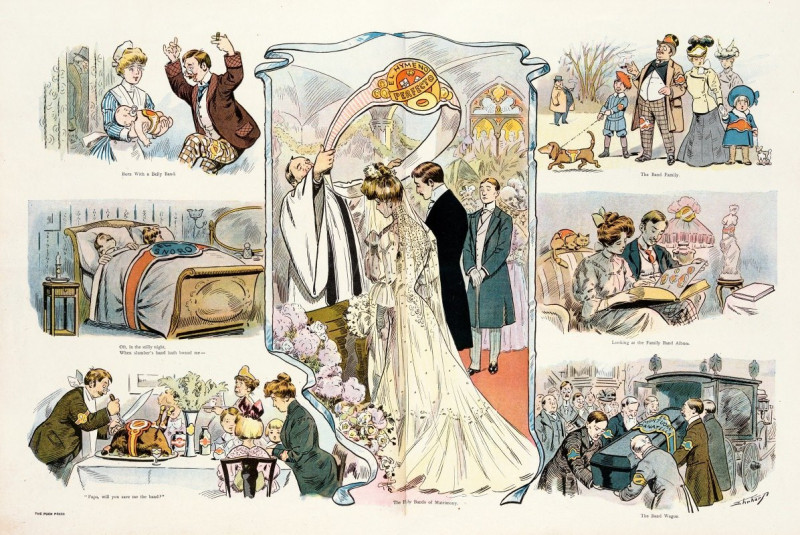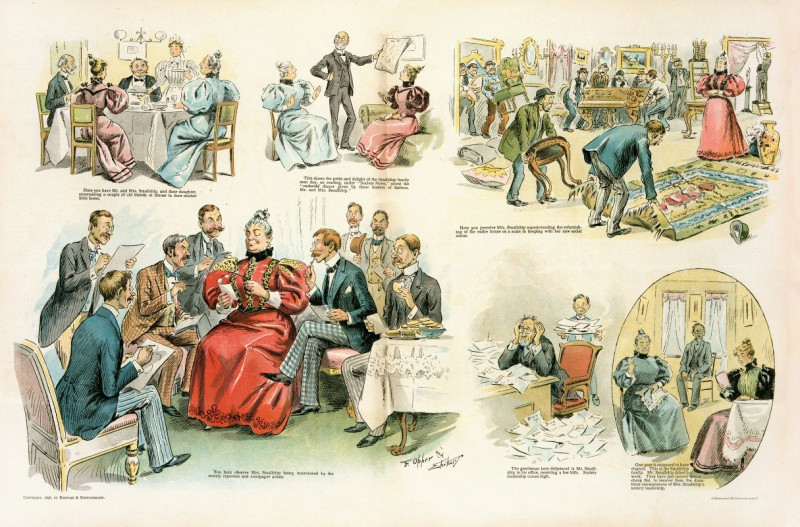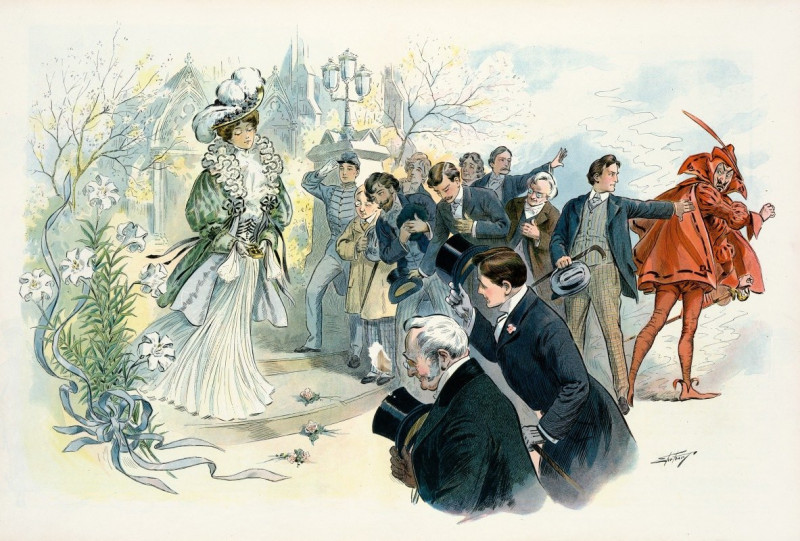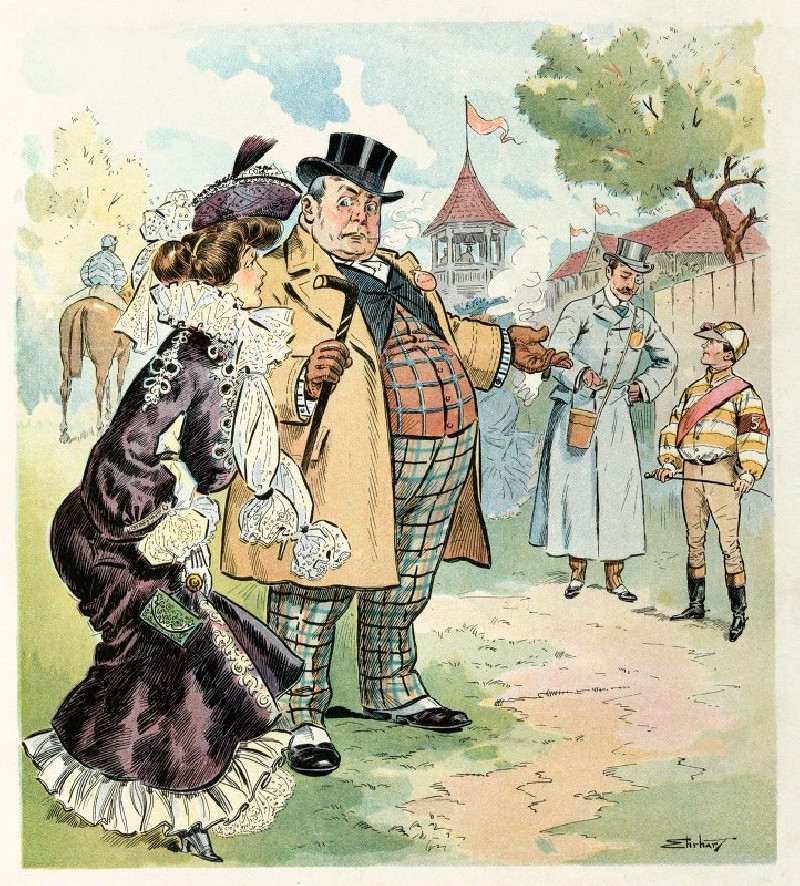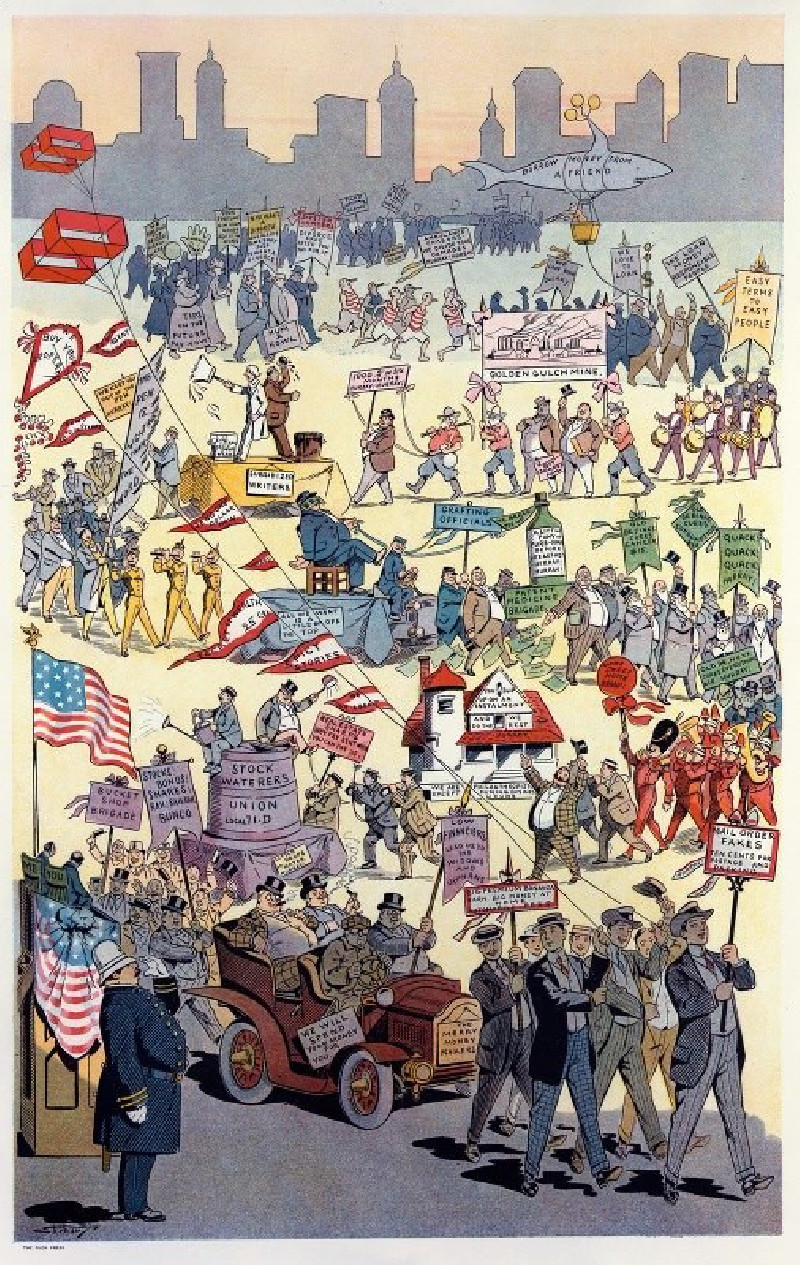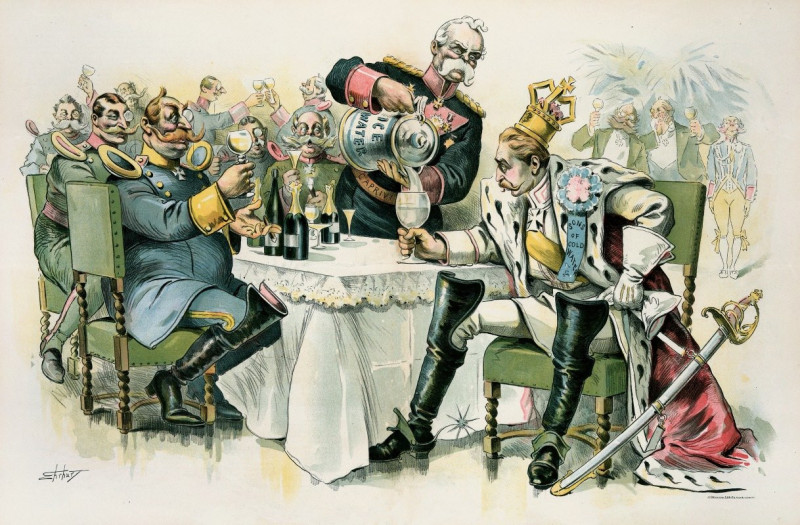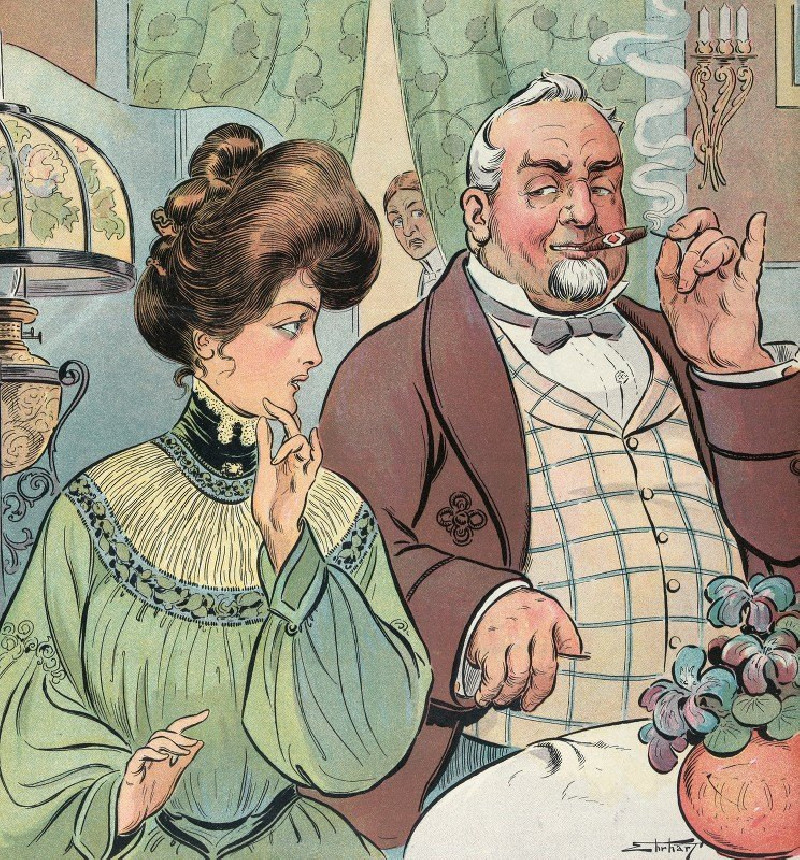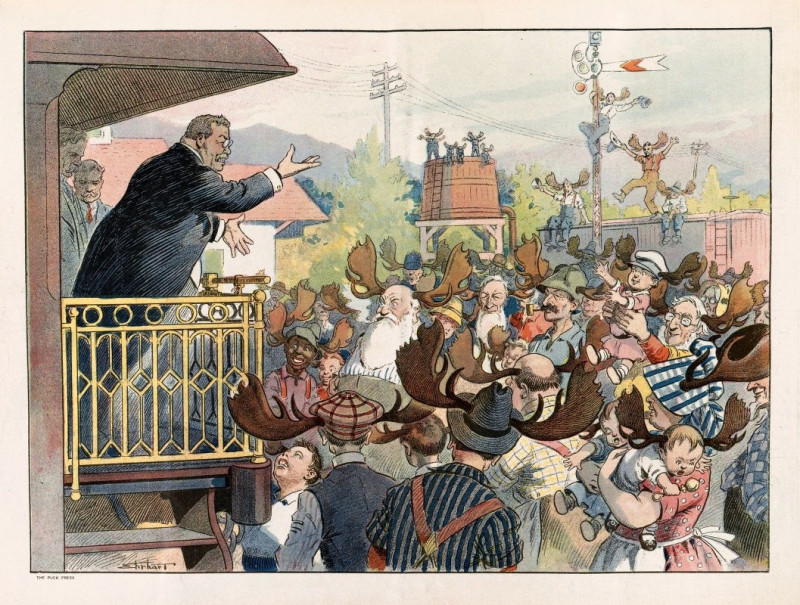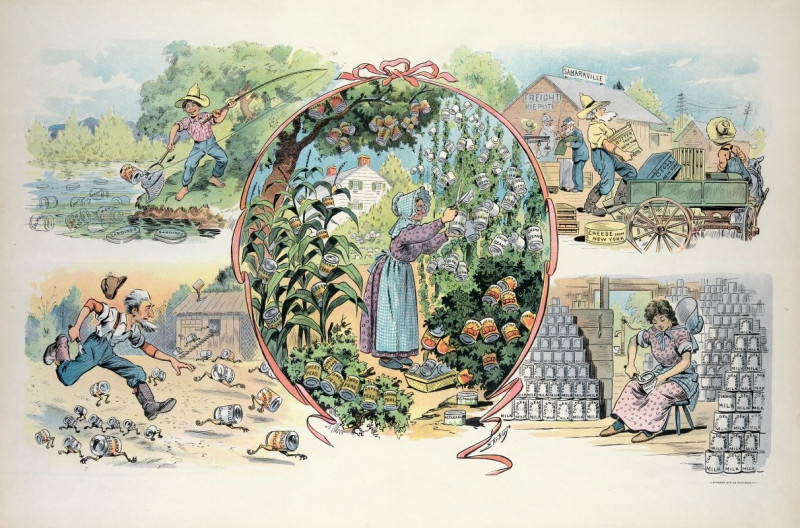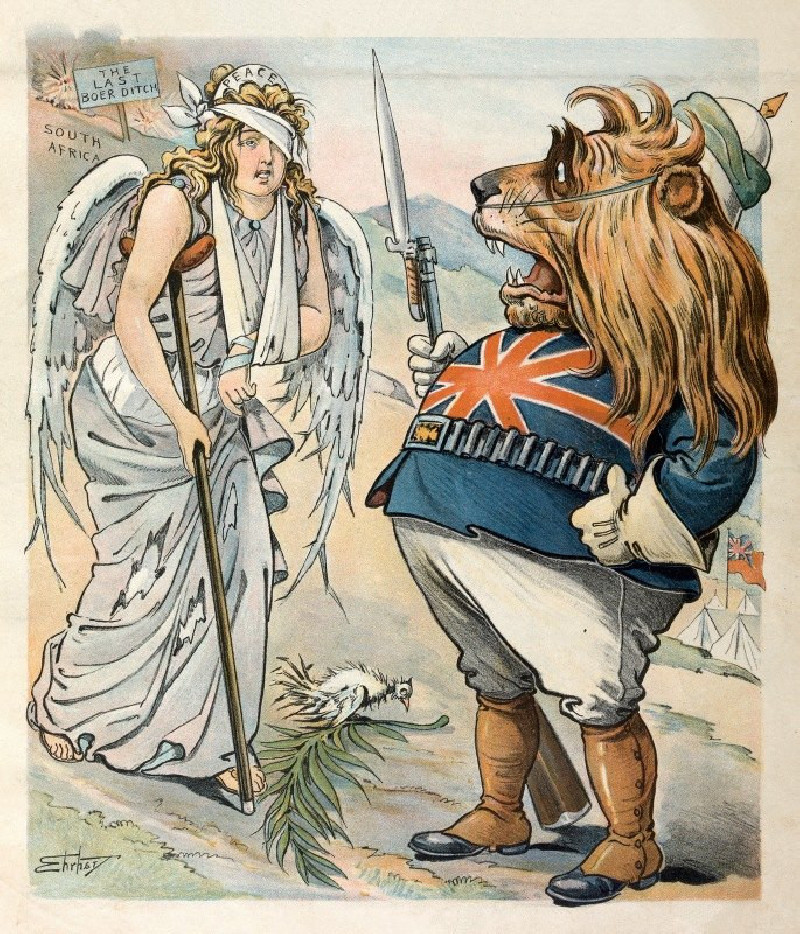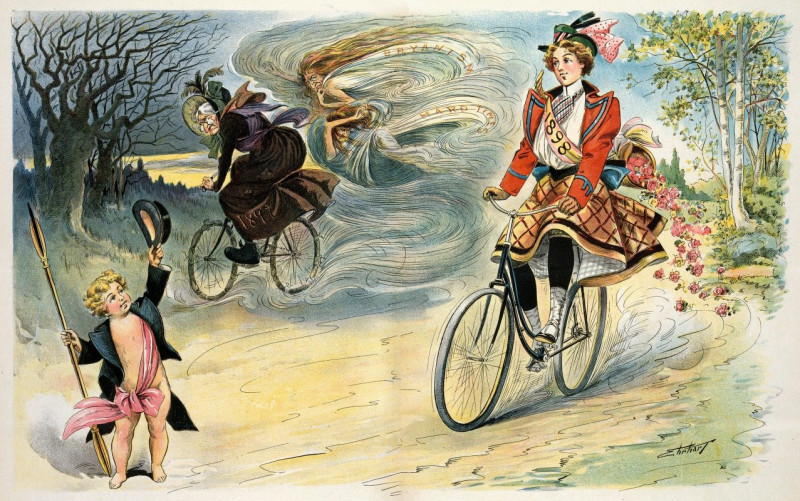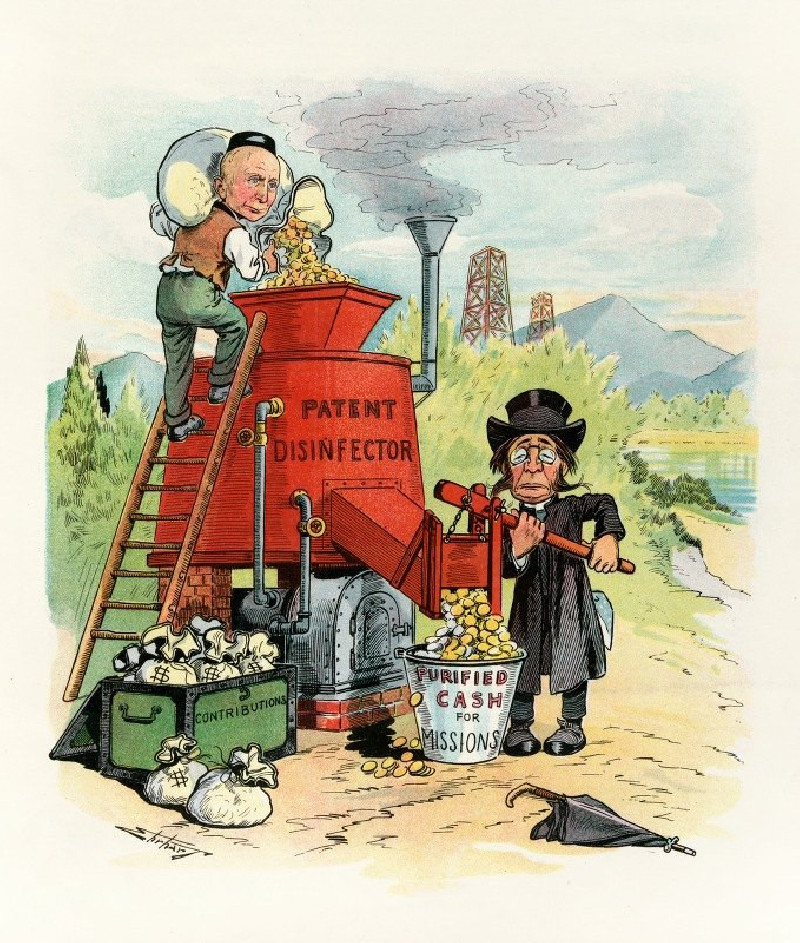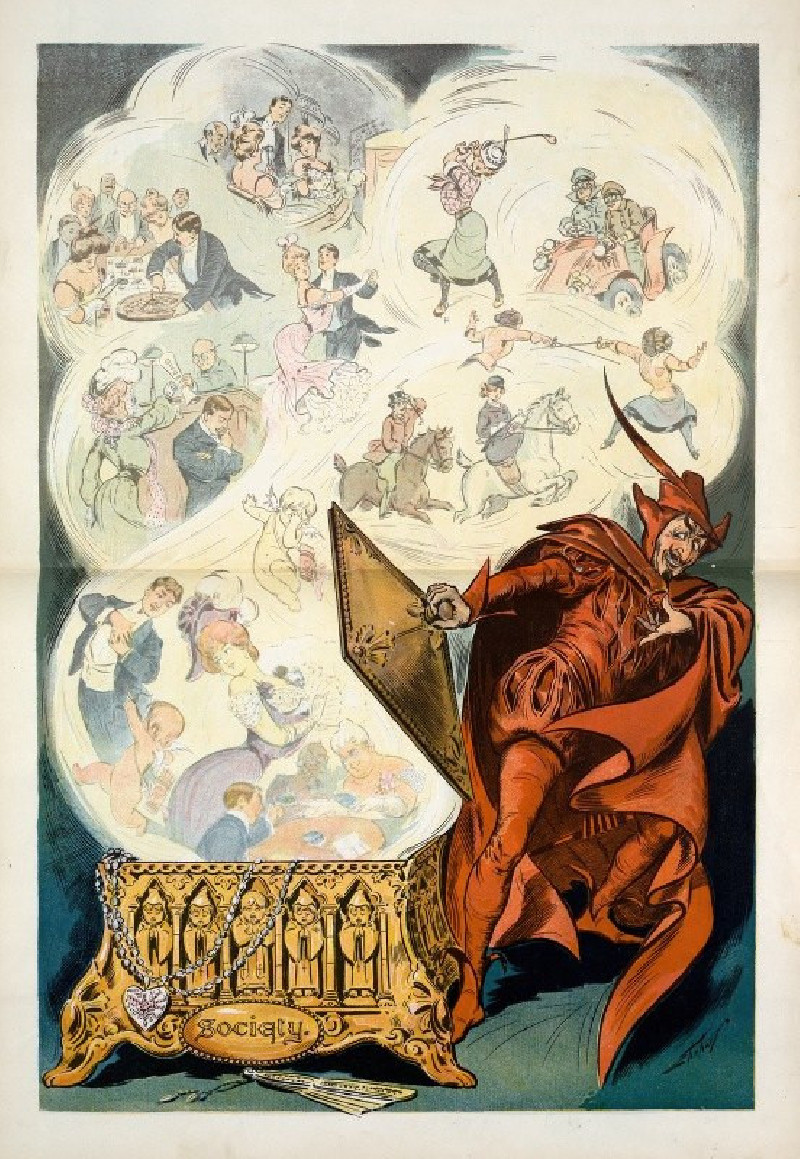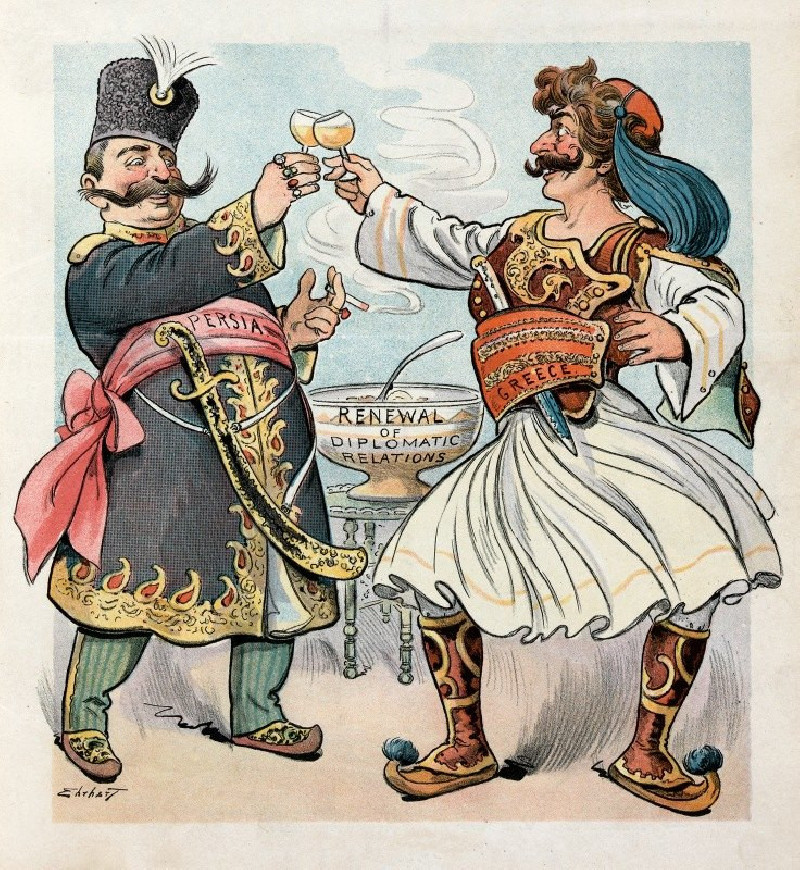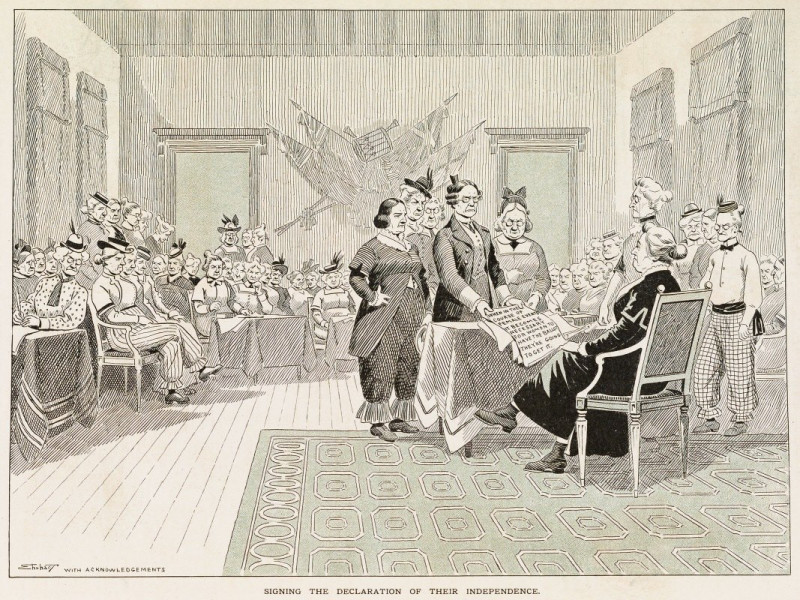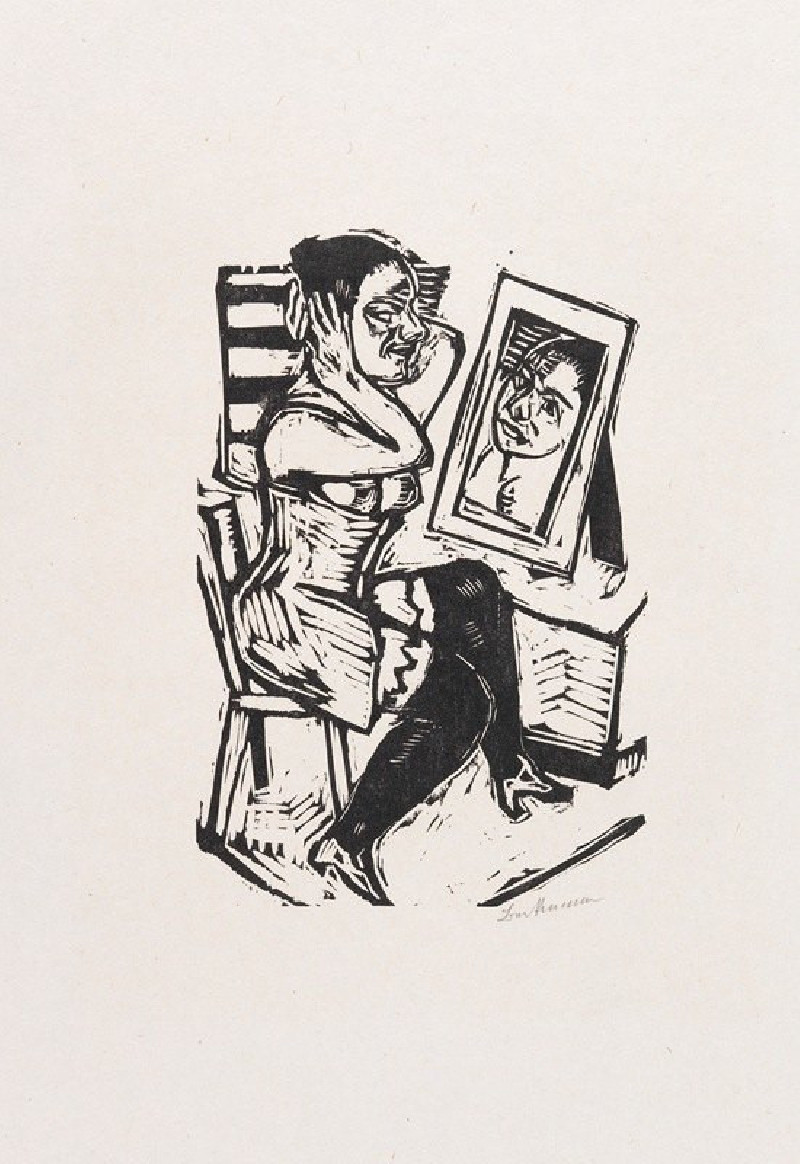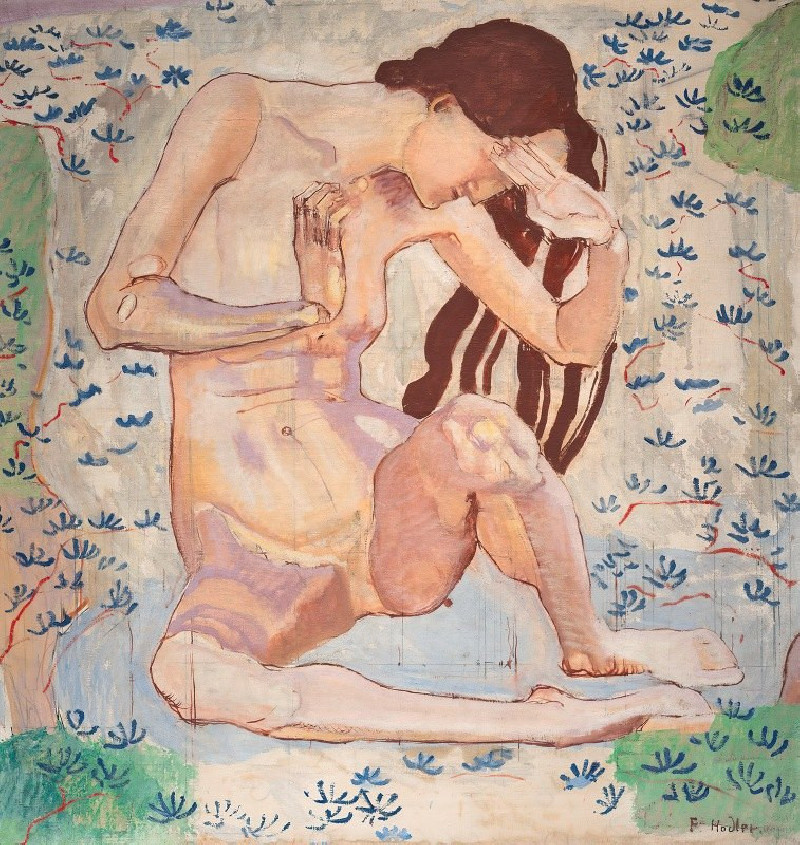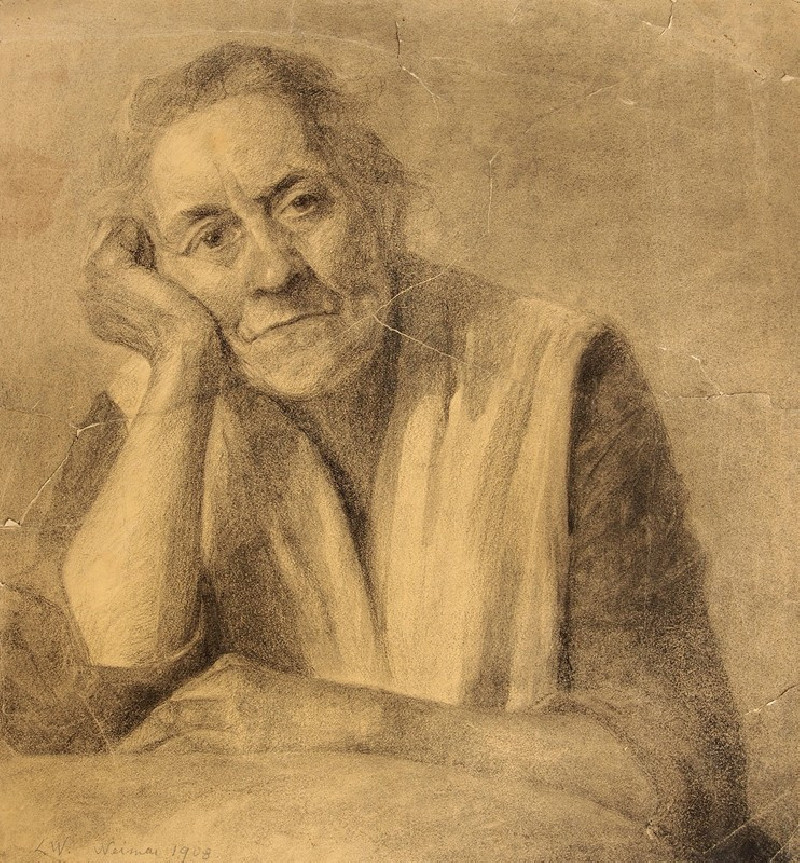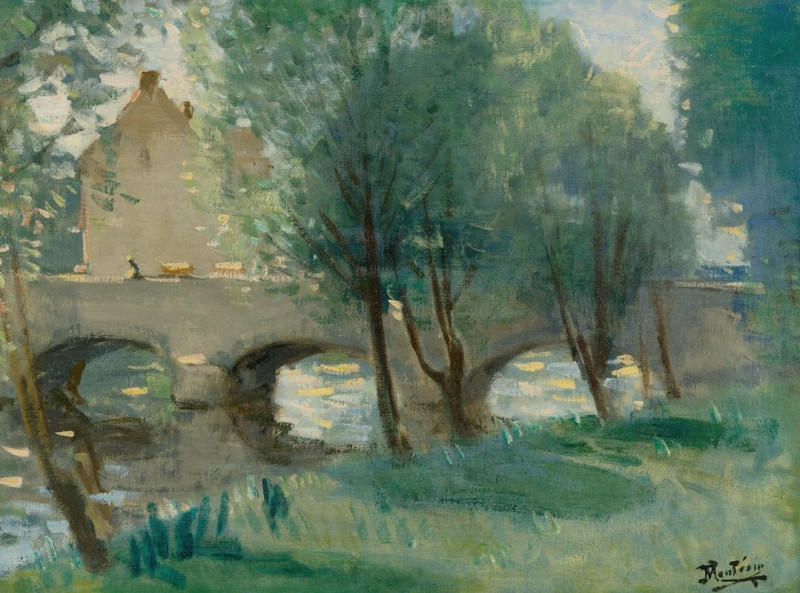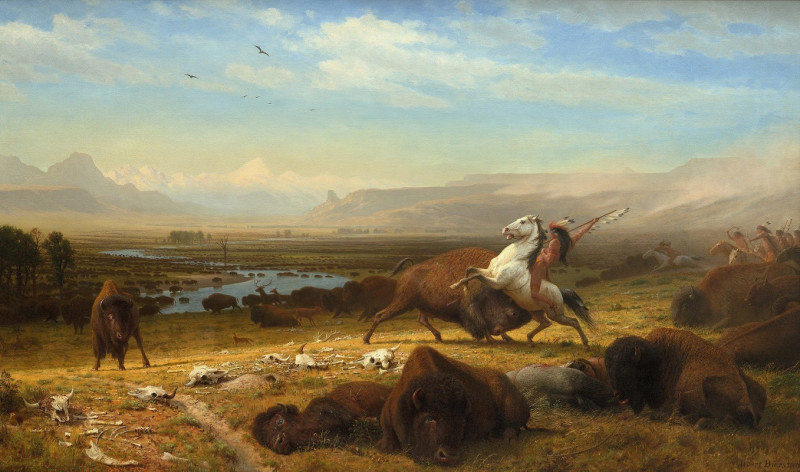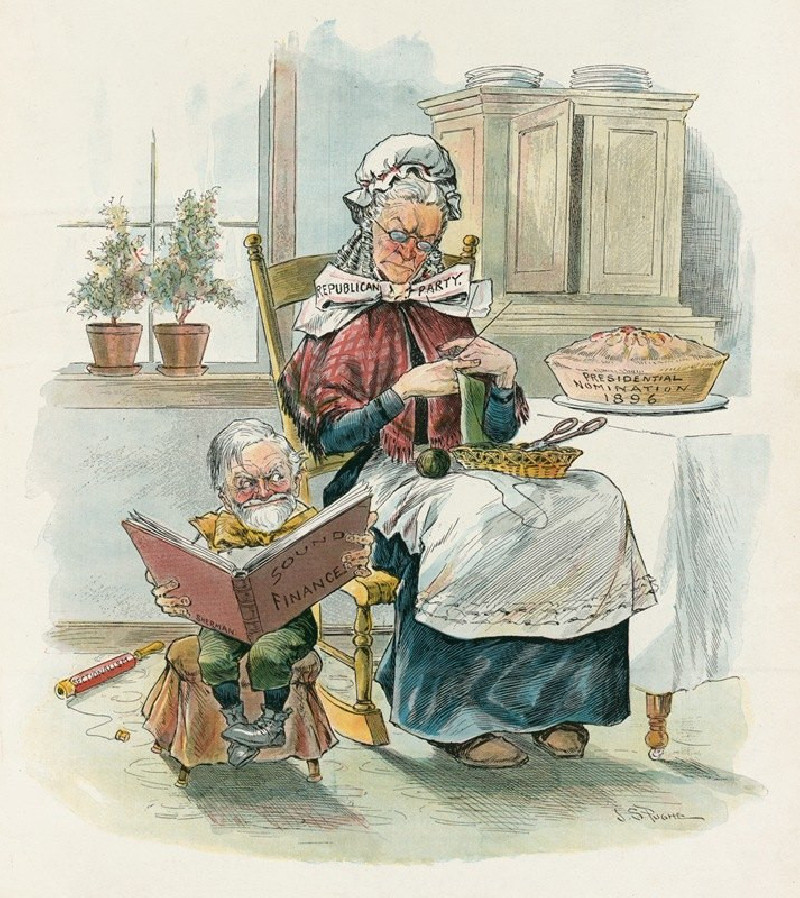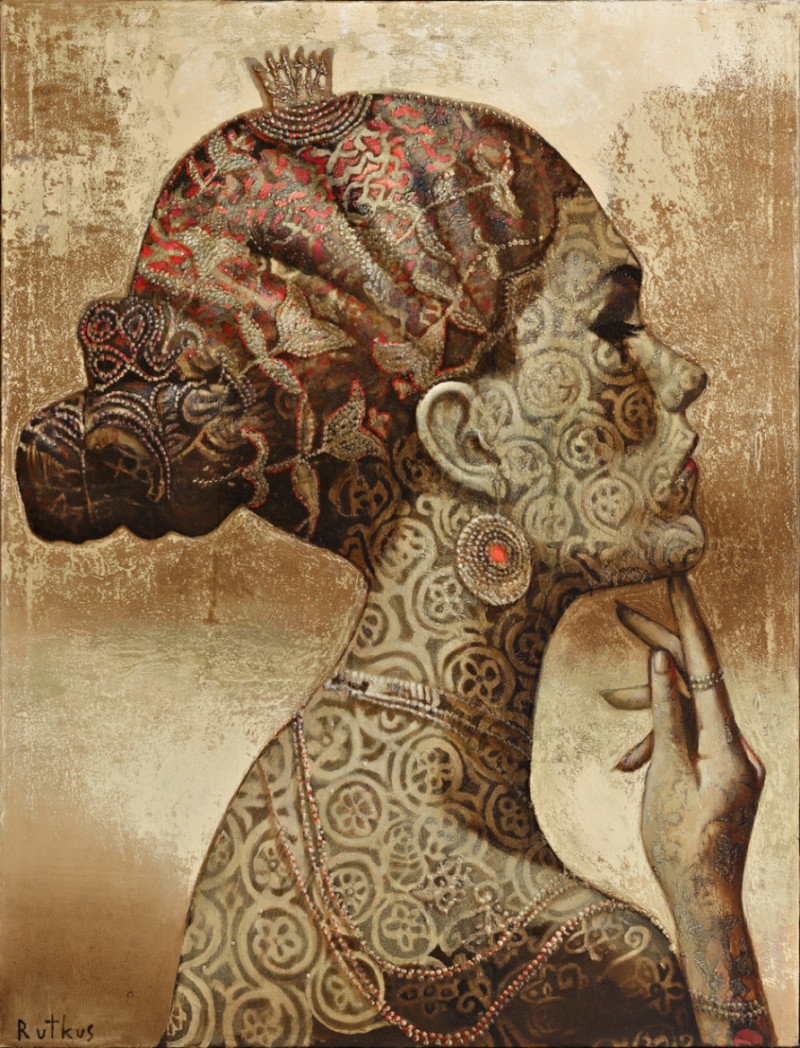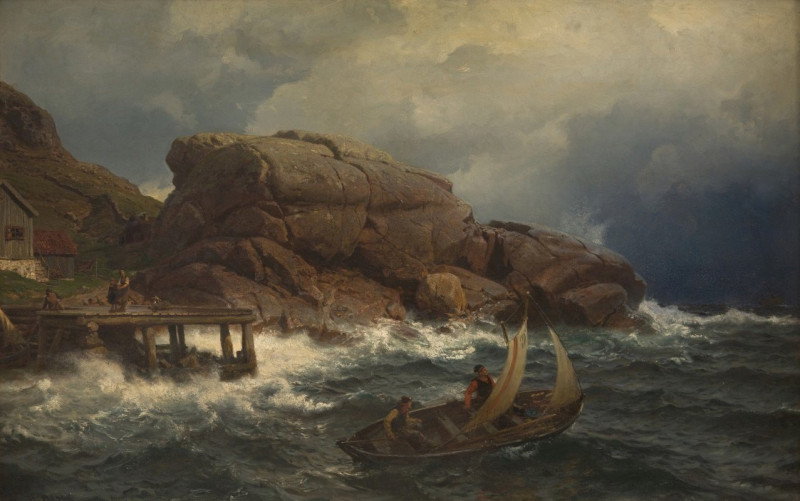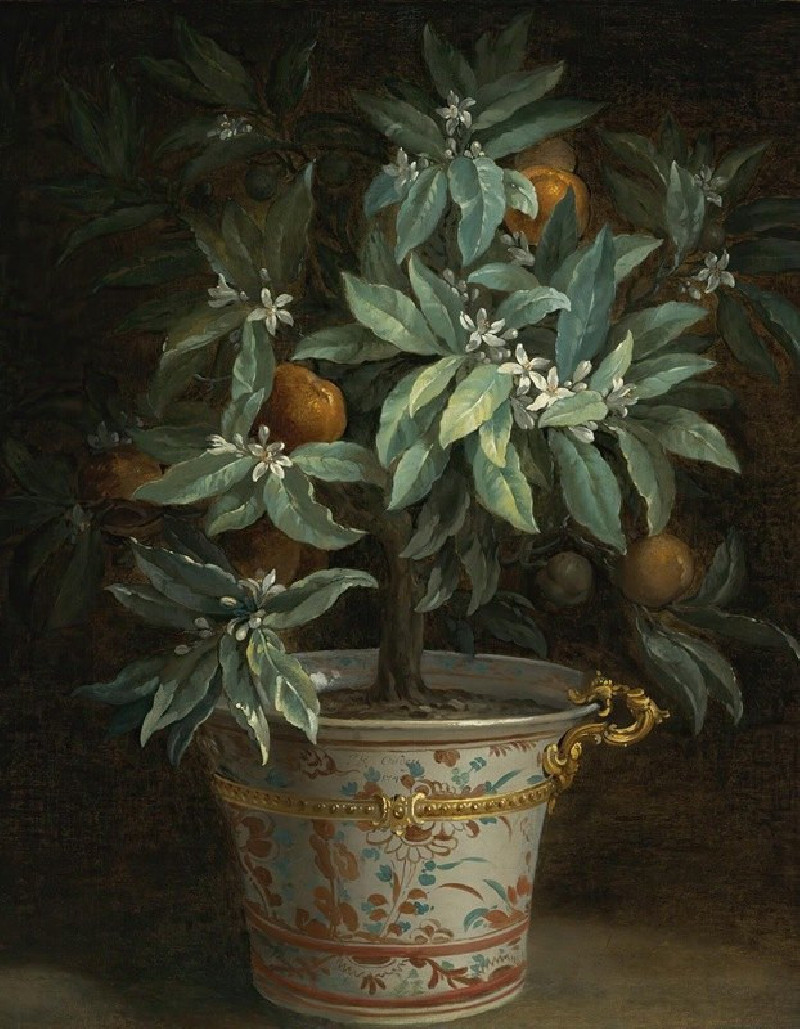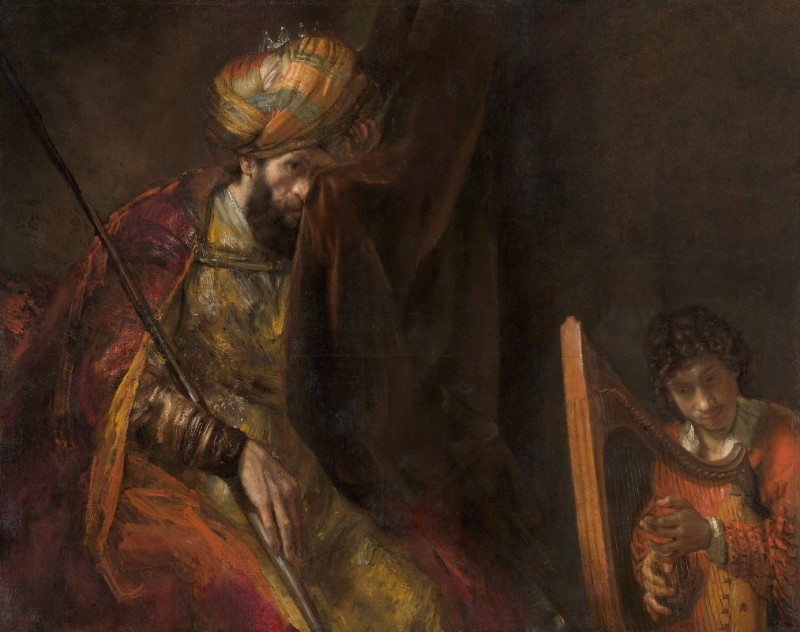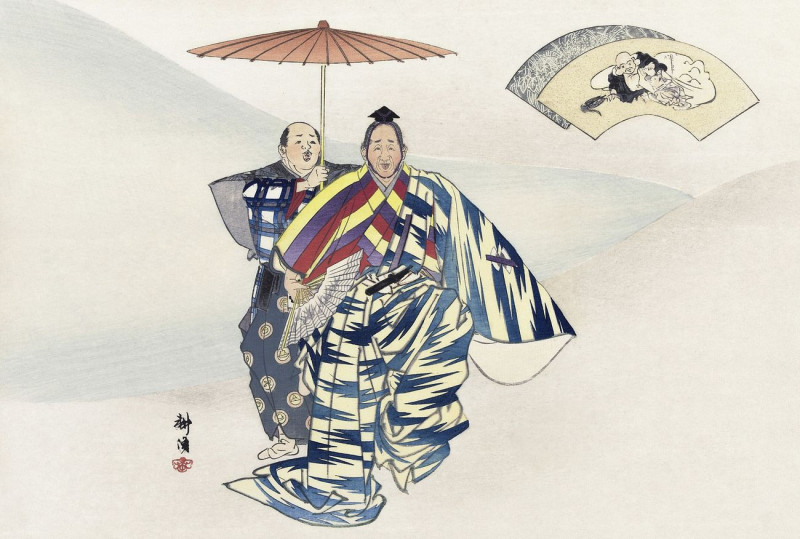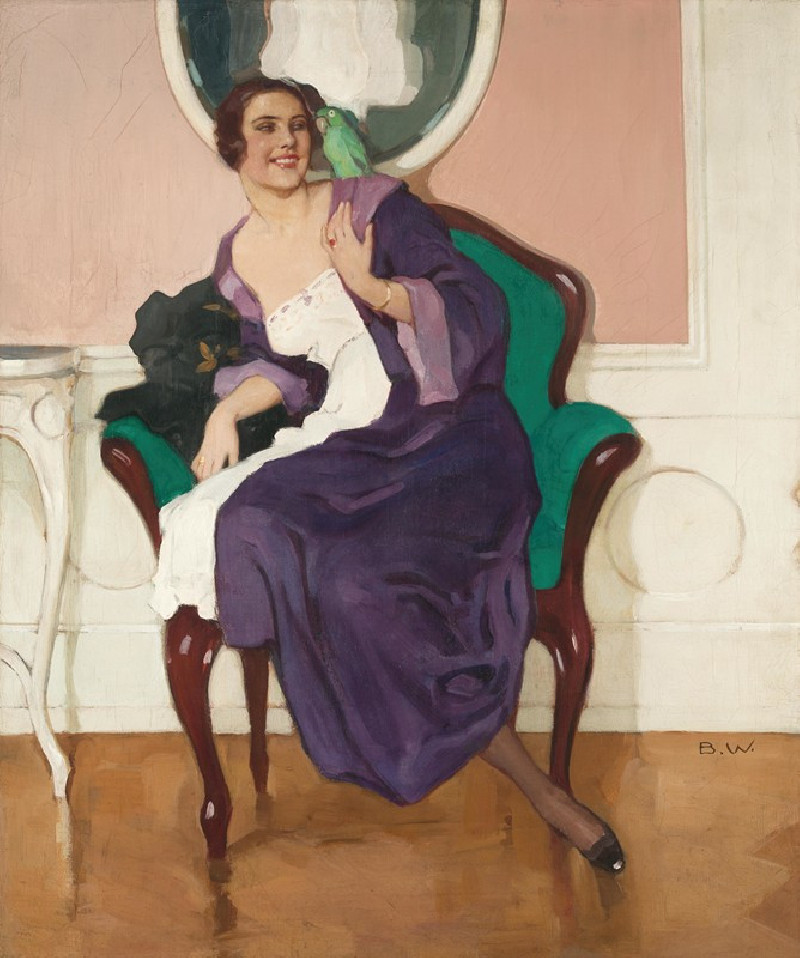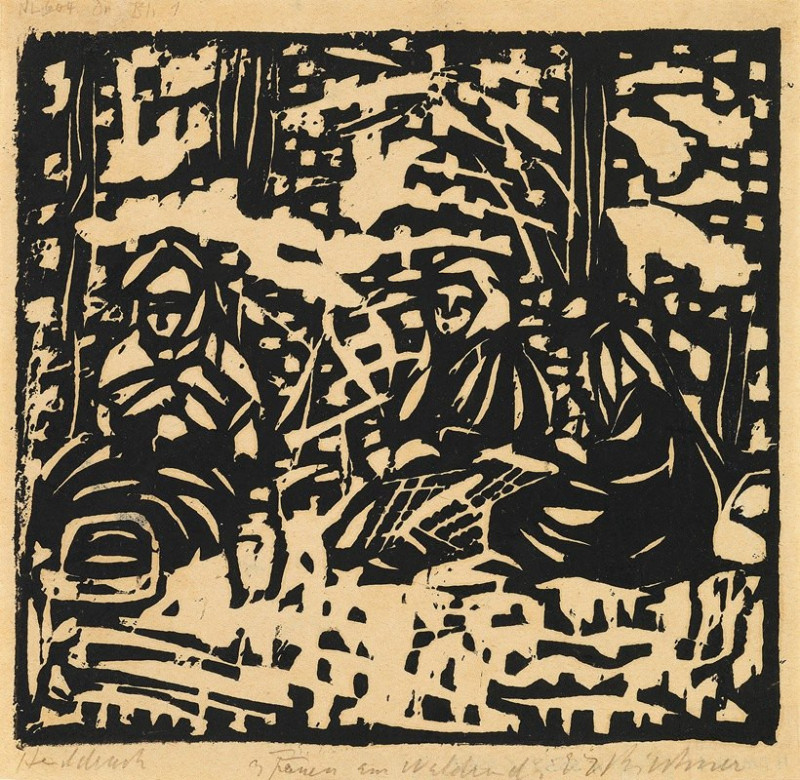For the favored few (1902)
Technique: Giclée quality print
Recommended by our customers
More about this artwork
Samuel Ehrhart's "For the Favored Few" (1902) is an evocative piece that highlights the social currents and visual splendor of early 20th-century upper-class society. This illustration depicts a sophisticated social scene, where a well-dressed man and a woman in an elegant ball gown engage in a seemingly intimate conversation. The striking features of the attire, with the woman's elaborately detailed gown and the man's crisp tuxedo, capture the essence of the era's fashion decadence.The setting is enriched with a backdrop of a well-appointed room, where other guests can be seen mingling, their facial expressions rendered with a touch of Ehrhart's characteristic humor and critique of societal norms. The artwork is vibrant, using a palette that brings out the textures of the fabrics and the atmospheric lighting of a high-society gathering.Ehrhart, known for his satirical style, subtly infuses the scene with elements of commentary on social stratification and the dynamics between genders during that period.
Delivery
Returns
American cartoonist and illustrator born in Pottsville, Pennsylvania, Ehrhart received his education in the New York City school system. Subsequently, he studied art in Munich. His work appeared in Harper's Monthly (1878-79), Puck (1880, and 1888-1913), and Judge (1887). He died in Brooklyn, New York on October 26, 1937.

